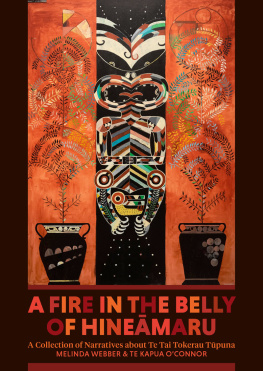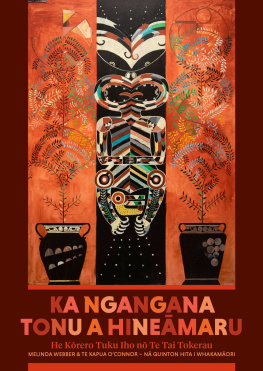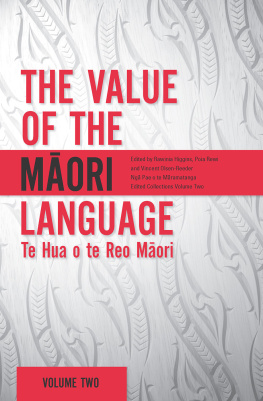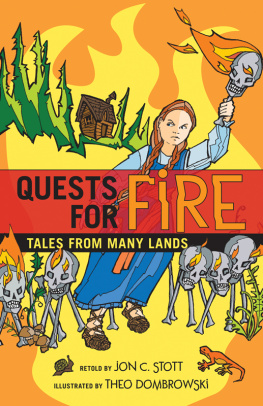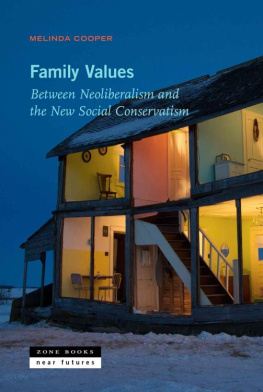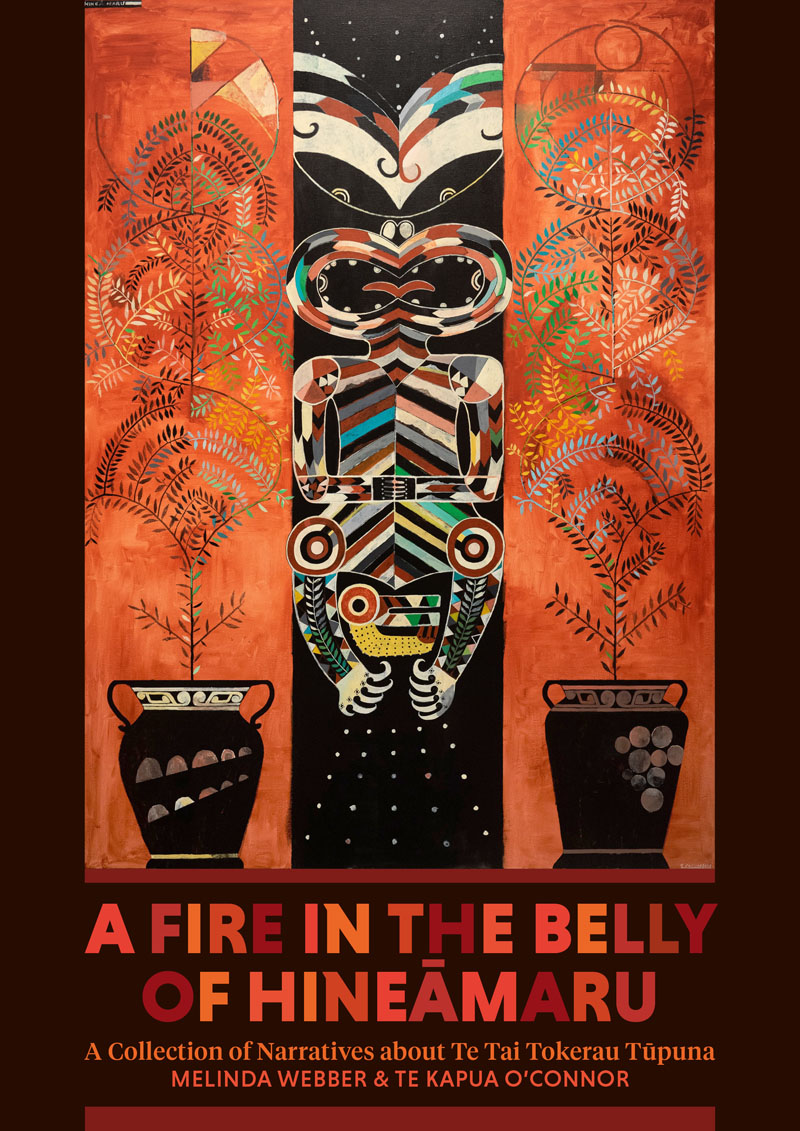

First published 2022
Auckland University Press, University of Auckland
Private Bag 92019, Auckland 1142, New Zealand
www.aucklanduniversitypress.co.nz
Melinda Webber & Te Kapua OConnor, 2022
ISBN 9781776710973
Published with the assistance of Creative New Zealand

A catalogue record for this book is available from the National Library of New Zealand
This book is copyright. Apart from fair dealing for the purpose of private study, research, criticism, or review, as permitted under the Copyright Act, no part may be reproduced by any process without prior permission of the publisher. The moral rights of the authors have been asserted.
Edit by Gillian Tewsley
Index by Glenys Daley
Book design by Duncan Munro
Cover art by Shane Cotton
Map design by Tim Nolan/Blackant Mapping Solutions
Contents
Foreword
This collection of narratives by Melinda Webber and Te Kapua OConnor about Te Tai Tokerau tpuna highlights the adaptability and versatility of those who came before us. By understanding their legacy, we also better understand their lasting impact on hap and iwi, and on the wider social fabric of Aotearoa New Zealand. From the time of early European settlement in the 1800s Te Tai Tokerau was a gateway for new migrants. As such, rangatira had to respond in new ways to these relationships. Indeed, they have also shaped our response to other migrants who have come after. Around one-third of all peoples of the country reside within these Tai Tokerau boundaries.
As a country we have been shaped by these rangatira and their deeds. While histories and narratives are contested, they assist us in deepening our knowledge, our genesis. By making sense of the world in which these leaders acted, we come to appreciate how we might also be influenced in our future actions and decisions. We require peacemakers, entrepreneurs, innovators, political leaders, strategists, discoverers, and navigators. These rangatira are not just historical figures. There are numerous uri of Te Tai Tokerau who continue to lead and use their myriad of skills for the betterment of hap, iwi, and the whole country.
Kia hora te marino
Kia whakapapa pounamu te moana
Kia tere te krohirohi
I mua i t huarahi
May peace be widespread
May the sea glisten like greenstone
And may the shimmer of light
Guide you on your way
Dame Cindy Kiro (Ngpuhi, Ngti Hine, Ngti Kahu)
February 2022
Preface
Koutou kua whetrangitia ki te korowai o Ranginui, n koutou nei krero i waiho mai ki te ao kikokiko nei hei rahi i a mtou, i ng uri o tnei takiw, i ng tini hap o Te Tai Tokerau nei, moe mai, moe mai, moe mai r i te moenga roa. Ka rere te mihi ki a T Hekenukumaingiwi Phipi, kua ngaro nei. E te tohunga trai waka, nu t ttou kaupapa i whakamnu mai. Noho wairua mai r koe hei tauira m ng whakatupuranga e whai ana i u tapuwae. E kore koe e warewaretia.
E kore e mnehunehu te pmahara ki ng momo rangatira o neher n rtou nei i toro te nukuroa o Te Moana Nui a Kiwa me Papa T a Nuku. Ko ng tohu o rtou tapuwae i kkahutia ki runga i te mata o te whenua he taonga, he tapu
Time will not dim the memory of the special class of rangatira of the past who braved the wide expanse of ocean and land. Their sacred footprints are scattered over the surface of the land, treasured and sacred
While writing A Fire in the Belly of Hinemaru we used Sir James Hnares words above as a call to action, an instruction to celebrate our unbroken connection to our histories, our lands, and our esteemed ancestors. A fire in the belly of Hinemaru is a metaphor referring to Hinemarus tenacity in the face of adversity. As rangatira of her hap, her burning desire to see her people flourish drove her to guide them from the west coast to the east as they searched for a new home. From a te ao Mori perspective, emotions, drive, and mauri are felt in the belly and from these spring thought, deliberation, and action. The journey took some years to complete, but they eventually found fertile land and grew flourishing crops in Waimio. In recognition of her leadership, her people became known as Ngti Hine. Hinemarus status as a rangatira also urges us to acknowledge and celebrate the many female leaders throughout Te Tai Tokerau and the integral role that they have played in our history.
The title of the book was influenced by the teachings of Melindas stepfather Henare Mahanga. Henare tutored a kapa haka group called Te Kupenga, also known as the Ngti Hine Midgets. On noho marae, Henare would share whakapapa krero related to the carvings in whare tpuna. Melinda can remember drawing pictures of Hinemaru with a fire in her puku to represent her fierce spirit. That is how this book came to be called A Fire in the Belly of Hinemaru. Ng mihi i r akoranga e Henare.
Through this research we have immersed ourselves in rich stories like Hinemarus and been taken to a Te Tai Tokerau of long ago. We were transported to sit side by side with Nukutawhiti in the waka hourua Ngtokimatawhaorua, observing the stars that guided our people from Hawaiki to Te Hokianganui a Kupe. We travelled with raiteurus thirteen taniwha sons, whose curiosity created the many rivers that flow into Hokianga today. We watched with bated breath as Tmatahina wove a rope long enough to reach from a besieged Murimotu to the mainland, saving his people from capture or death. We were then transported many hundreds of years ahead, and saw rangatira such as Pmuka pick up the pen to sign He Whakaputanga o te Rangatiratanga o Nu Tireni on 28 October 1835. Five years later, Hone Heke Pkai arrived at Waitangi and became the first rangatira to sign Te Tiriti o Waitangi on 6 February 1840. A few months later, in Kaitia, we watched the illustrious female rangatira Ereonora also endorse Te Tiriti, influencing many other leaders to sign on the day. Things were to change but our rangatira were used to change. Rwiri Taiwhanga became Aotearoas first dairy farmer in Kaikohekohe. perahama Taonui suggested we implement Mkana Tta (his version of the Magna Carta) to protect our tino rangatiratanga. Te Ruki Kawiti formed an alliance to fight off the much larger army of British troops in three battles in inland Powhairangi (Bay of Islands). Apihai Te Kawau used his diplomacy and political nous to invite the Crown to live in partnership with Ngti Whtua in Tmaki Herenga Waka.
These names were known to us, but the ingenuity of their deeds was largely unknown. We had been taught that our ancestors drifted here and washed up on these shores emaciated and unwell. We were told that the blood that ran through our ancestors veins instilled an unquenchable thirst for war. We listened to stories of ancestors who were said to have sold their lands for a petty sum. We were supposed to acquiesce, to grow quiet, and keep our eyes on the ground. But our ancestors wouldnt let us. They wouldnt allow us to listen to lies, hear tales of defeat, or feel ashamed to be Mori.
In 2016 we began our research. We have gleaned important information from hundreds of books, theses, and manuscripts by authors from Te Tai Tokerau, including our own whnau manuscripts. We have spent hours watching film and television programmes from the north. In the archives and museums, we have carefully copied out whakapapa and hap narratives by hand. We have learnt and recited multiple waiata, karakia, whakatauk, and pepeha. We have attended whakapapa and reo Mori wnanga in the north and discussed our emerging narratives with our whnau.
Next page
